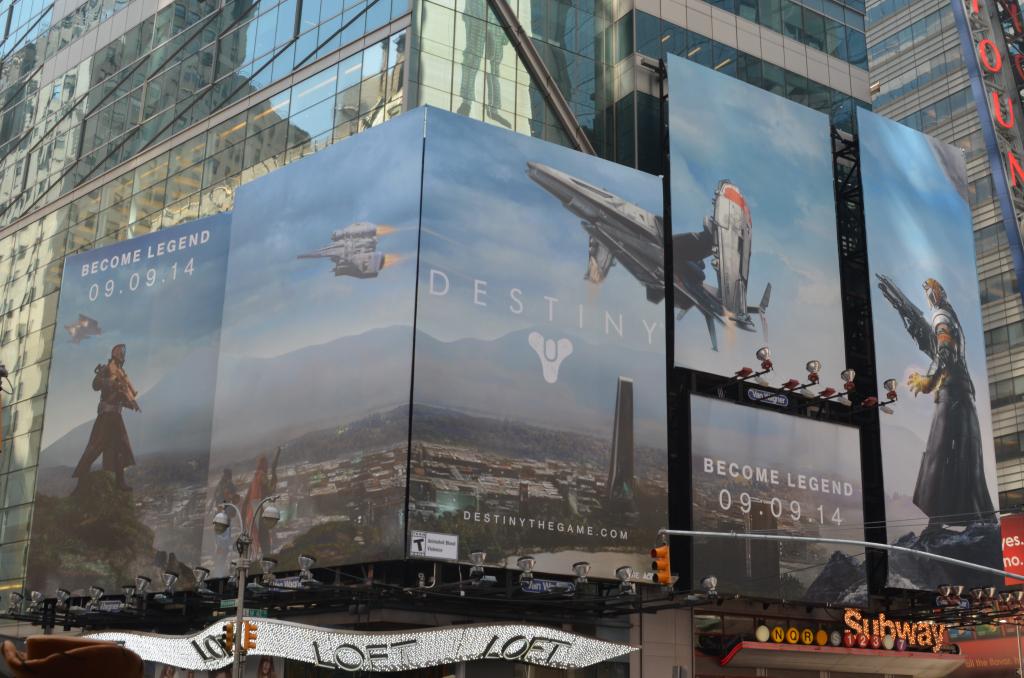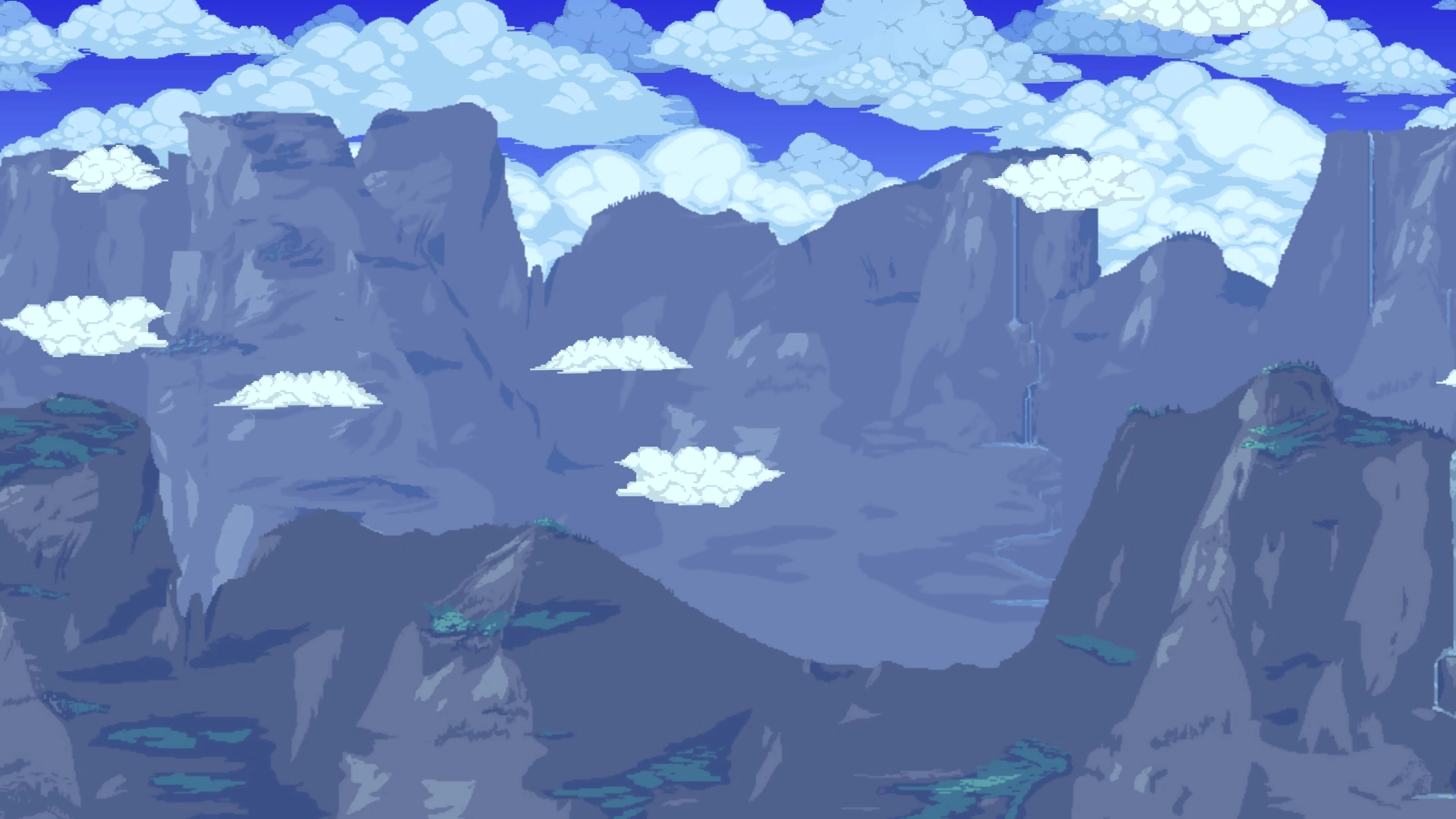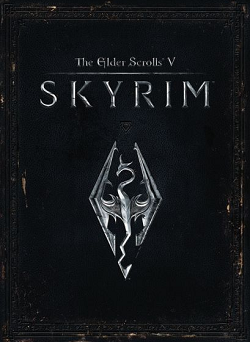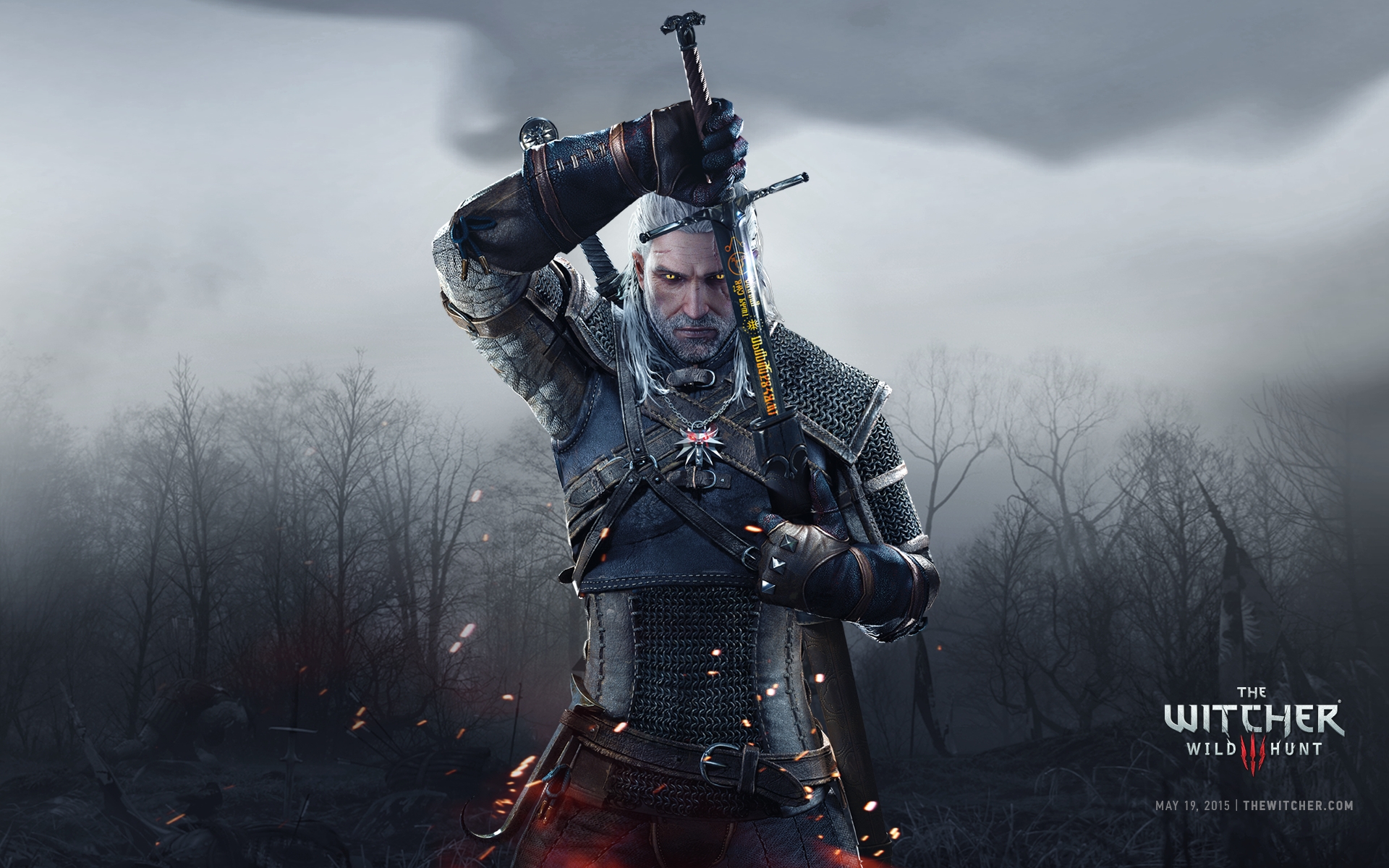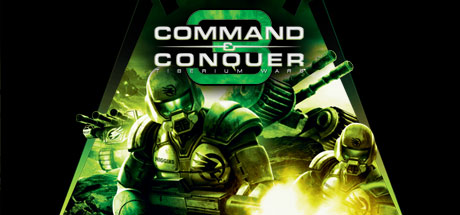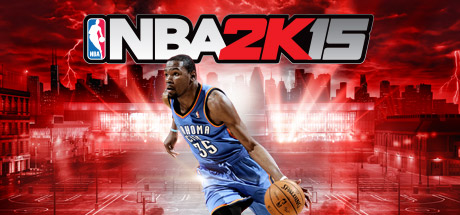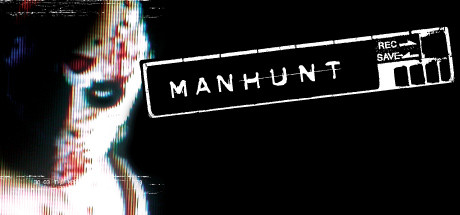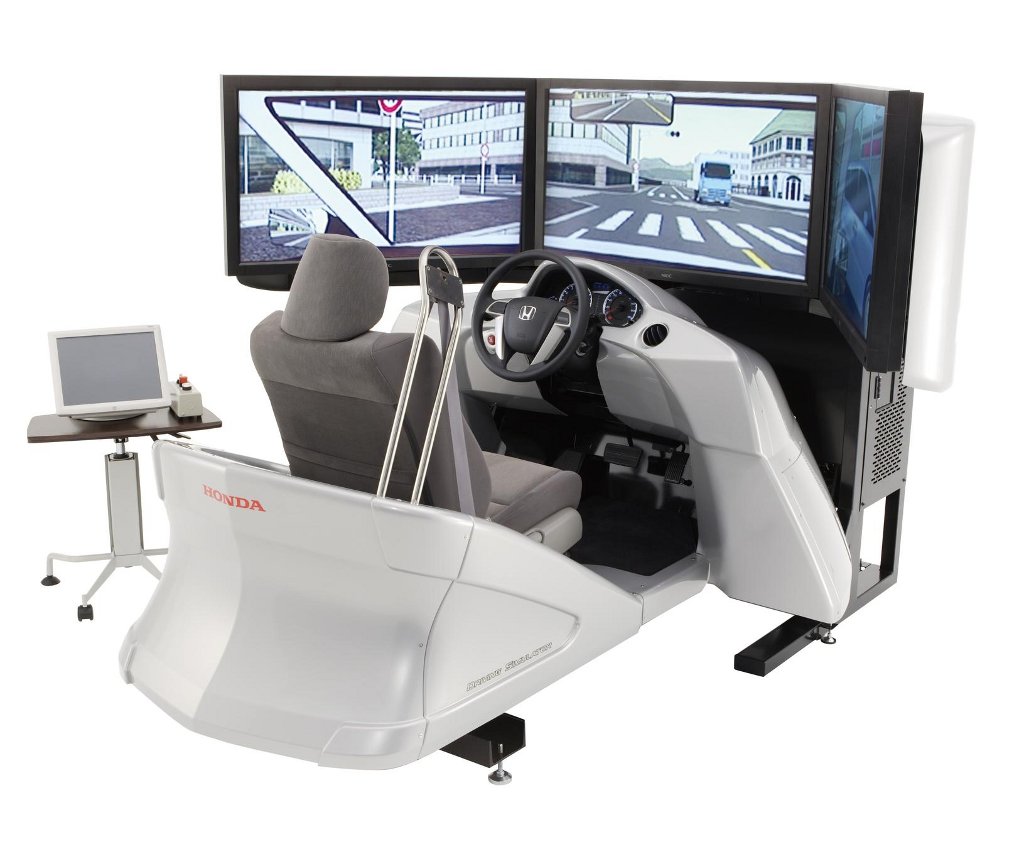Shay Wragg
Unit 1: Pre-production techniques for the creative media industries.
Start Date: 8/10/2015
Deadline: 29/10/2015
Tutor: James Tedder
Pre-production and planning for a computer game.
The development process for a computer game requires a lot of thought and detailed planning. This includes getting hold of the required hardware/software, accessing a budget, publishing the game etc. One of the most important things to plan is the schedule of the development process.
Finance
Starting off any developer is going to need a budget, this can be loaned normally, self financed or it may be provided by the publisher the developer is working with, if any.
Finance is extremely important because developing a video game isn't cheap, lots of equipment and software is required as well as the rest of your development team must be paid etc. This is a list of things that a developers budget must cover.
Equipment
For game development specific equipment is required, this can be obtained through funding if the developer has access to it. For independent game developers self-financing might be the only way to get hold of the resources, this includes:
Personnel
If a developer is independent, there is no need for extra
personnel, although this would slow down development a great deal.
My Plan and targets
When i signed up for my course i initially wanted to create an FPS which is not an easy process, more recently as we have worked with Game Maker, it has made me want to create a platformer. My hope is for a simple game that is fun to play and will want gamer's to come back and play again.
The platformer would be a fast paced 'Shoot em up' with several levels and frequent bosses also the ability to upgrade the playable character.
I also would like to work with a group in creating a game to personally develop my team skills, this would benefit me because teamwork is one of the most important components of a development process and it is a vital skill to have in this industry.
Finance is extremely important because developing a video game isn't cheap, lots of equipment and software is required as well as the rest of your development team must be paid etc. This is a list of things that a developers budget must cover.
Equipment
For game development specific equipment is required, this can be obtained through funding if the developer has access to it. For independent game developers self-financing might be the only way to get hold of the resources, this includes:
- Good spec computers
- A game engine (This could be created or loaned)
- Motion capture equipment
- Audio equipment
- A range of peripherals (Xbox's, PlayStation's etc)
- Development Kits (Verified game developers get two of these free from Xbox if signed up for)
Personnel
The development cycle of a game will go much faster if the
developer is working with a team of programmers, designers etc. To get
personnel, developers could ask friends or other people they know if they’re familiar with the industry,
if that’s not an option then posting on online forums and maybe creating a page
on a social network is probably the best bet because these methods reach mass
amounts of people at a time.
The personnel will have to be paid appropriate salaries, and it would also be a good idea to hire extra staff as a game development cycle can be an extremely weary process and the employees will be working strenuous hours to meet the development deadline.
Timescales and deadlines
Finishing the development cycle before the deadline of a game
is extremely important as most publishers require the game to be finished by a
deadline or the game will have to be pushed back a certain amount of time.
Finishing before the deadline gives essentially time to run
bug fixes and test the game before it’s released, this id to make sure
everything is perfect for the consumer when it comes to release.
Choosing a deadline
When thinking about the deadline for a development process it
is recommended to create extra space, this space should be used for, sorting
out the publishing, any legal issues that may appear, getting the game reviewed
for an age rating and in case of any delays.
Time Management
Managing the development process is easy if the developer is
well organised and dedicated to the timetable.
Layout out the times from present day to the deadline, e.g.
if the deadline is a year manage what you will do in each month, for example,
do the coding for the game in the first month, in the second work on the
graphics and in the third work on sound.
In my opinion when laying out objectives like this, the
developer should have 2-3 months to spare for bug fixes, game testing and having
time to deal with legal issues etc.
Publishing
Finally the game must be published, normally a developer would work with a publisher such as 2K, EA, Activision etc. But this comes with some rules like the publisher will share a percentage of the profits, they may even have input in the game itself, the advantages of having a publisher are that they will deal with all lawsuits and other legal issues, also they will often cover the development fund.
Console creators like Microsoft, Sony and Steam have there own self publishing service, this will often require verified developer status and a small fee but the developers could receive free development kits and publishing rights for that console.
Facilities
After organizing everything thus far, you will have enough to now star using a facility. This is generally you and your teams work space, if an Indie developer is starting out they would have made their own facility. For example a facility is the office you and your staff will work in, therefore will contain individual work areas, test areas, recording booths, and if necessary a dedicated area to recording motion capture sequences. Facilities will often include refreshment areas and rest rooms if a developer is looking to create a company office.
The facilities i currently use are the classrooms at my college, this is where i work on the games for my assignments.
Materials
Materials are essentially everything you will use during the development period. Things such as:
Going against these terms may result in lawsuits as well as the denial of publishing your game.
Publishing
Finally the game must be published, normally a developer would work with a publisher such as 2K, EA, Activision etc. But this comes with some rules like the publisher will share a percentage of the profits, they may even have input in the game itself, the advantages of having a publisher are that they will deal with all lawsuits and other legal issues, also they will often cover the development fund.
Console creators like Microsoft, Sony and Steam have there own self publishing service, this will often require verified developer status and a small fee but the developers could receive free development kits and publishing rights for that console.
Facilities
After organizing everything thus far, you will have enough to now star using a facility. This is generally you and your teams work space, if an Indie developer is starting out they would have made their own facility. For example a facility is the office you and your staff will work in, therefore will contain individual work areas, test areas, recording booths, and if necessary a dedicated area to recording motion capture sequences. Facilities will often include refreshment areas and rest rooms if a developer is looking to create a company office.
The facilities i currently use are the classrooms at my college, this is where i work on the games for my assignments.
Materials
Materials are essentially everything you will use during the development period. Things such as:
- Computers (This includes monitors, mouse, keyboards etc.)
- Peripherals for most platforms
- Software such as Photoshop, Game Maker or specific engine etc.
- Motion Capture equipment
- Audio equipment
- Development Kits.
Contributors
These are the people and companies that aid you during the development cycle this includes:
- Staff
- The company that helped provide the budget for the development of the game. (If any)
- Publishers
- Musicians that may of composed any music for the game (If any)
- Voice Actors
- Companies that allow you to use their game engine.
Codes of practice
This is an extremely important part of publishing. Games must follow rules and regulations set by certain companies, these rules help games hit a specific demographic for release.
Companies that make these rules are:
- PEGI - Pan European Gaming Information - Set the age rating for games based on content they contain, for example when GTA: San Andreas was first released in 2004, Rockstar Games (The Developer) received an ''Adult Only'' rating on the game, and many countries do not allow these types of games which means Rockstar missed out on a lot of money. This was down to Rockstar hiding a certain feature in the game which was against the Codes of Practice.
- BBFC - Board of Film Classification - Provide annual reviews of content about to be released, they determine the age rating of games, films etc.
Going against these terms may result in lawsuits as well as the denial of publishing your game.
My Personal Experience
Recently i was tasked with creating a game using Game Maker, this was to help me get used to using the software and get a feel for creating simple games.
First off i followed the instructions from my tutor to create a game called 'Space Bear' this was a very straight forward process that took near to no planning. After this i was told to make a platformer, this took a little bit of planning like ideas for sprites, levels and different enemies etc.
My Plan and targets
When i signed up for my course i initially wanted to create an FPS which is not an easy process, more recently as we have worked with Game Maker, it has made me want to create a platformer. My hope is for a simple game that is fun to play and will want gamer's to come back and play again.
The platformer would be a fast paced 'Shoot em up' with several levels and frequent bosses also the ability to upgrade the playable character.
I also would like to work with a group in creating a game to personally develop my team skills, this would benefit me because teamwork is one of the most important components of a development process and it is a vital skill to have in this industry.


